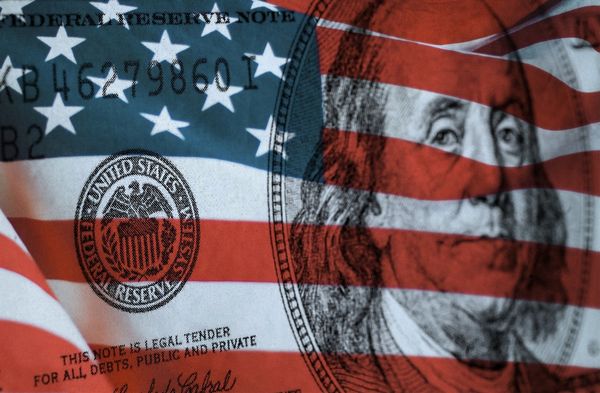One of the most actively traded markets in the world is foreign exchange (forex), which enables you to invest in the world’s currencies. As a forex trader, you’ll buy and sell currencies through currency pairs, attempting to potentially profit from price movements in the market.
The forex market is highly volatile and affected by external factors, meaning prices will fluctuate. To trade forex successfully, you’ll need to understand the factors which can impact your position, so that you can best prepare and respond to increased levels of volatility.
To help you to get started, you can learn more about forex trading on Plus500, for example, and use an array of online resources to research the market.
One factor to take into consideration is the data release from central banks. Central banks have a significant impact upon the forex market since they control a nation’s monetary policy and supply. This means that they have the power to directly influence the value of their own currency with the decisions that they make, subsequently affecting the forex market.
The US dollar is the most popularly traded currency in the world and acts as the market’s reserve currency. At the time of writing, the US is experiencing extremely high levels of inflation and there’s growing concern that their central bank — the Federal Reserve — will respond by increasing interest rates.
In this article, we’ll take a look at the implications that this change to interest rates could have upon the forex market, and specifically explore how the dollar has responded to the threat of increased rates.
What is the Fed Funds Rate?
The Federal (Fed) Funds Rate is the rate at which banks lend excess cash and reserves to one another. This is a set target adjusted by the Federal Reserve Bank and typically establishes the rate that all banks lend their capital.
The Fed Funds Rate controls interest rates, which is the amount of money it costs for individuals to borrow money from the bank. This affects consumers’ savings, loans, and mortgages. Therefore, it has a direct impact upon the economy, and the value of the nation’s currency.
Inflation rates
The world is anticipating the hike of the Fed Rate because of the high levels of inflation that the US is experiencing, at the time of writing. The country’s inflation target rate is set at just 2%, to enable the maintenance of stable prices and employment.
However, in December 2021, the US recorded an inflationary surge of 7%, the highest seen since June 1982. The coronavirus pandemic is one of the biggest contributors to this rise. Recurrent lockdowns flattened the US economy, and the government spent $1.9 trillion on a national relief system, which its nationals are now paying the price for through increased living costs.
The world now fears an increased Fed Rate because this would lower inflation by curbing consumer spending.
When the Federal Open Market Committee (FOMC) raises rates, it becomes more costly to borrow money, forcing individuals to save their capital and consequently bring down the rate of inflation.
How has the dollar responded?
The value of the dollar and the health of the US economy are directly linked, meaning forex traders will be looking to the dollar in the lead up to the anticipated rate hike in March. In January 2022, the day after the Fed had announced potential increases to interest rates, the dollar’s value rose to highs that hadn’t been recorded since July 2020.
Although inflation and interest rates can greatly impact the dollar, this currency also has the power to manipulate and support the economy. For example, when US exports are sold to other countries, the international buyers will need to convert their own currency to the dollar in order to make the purchase. A stronger dollar will mean that the exchange rate is higher, and international countries will pay more to import US goods, aiding the economy.
As a forex trader, there are many economic factors that can influence the value of your trade. Because of this, it is vital that you keep up to date with news and data releases, and consult an economic calendar, to help you to track key events in the future that could move prices.


